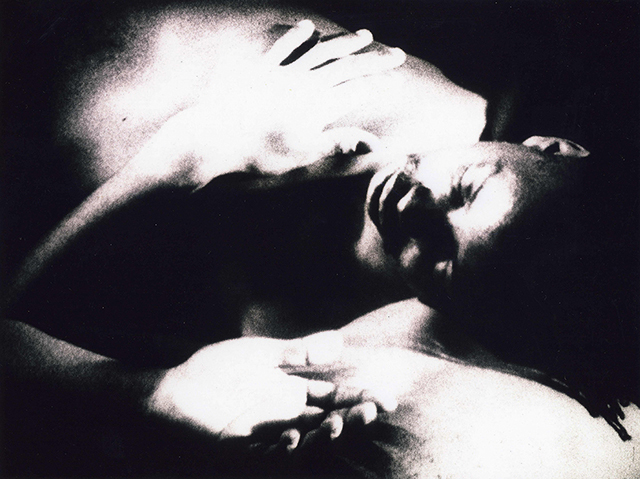Europe, future past
Europe, past future
A PROJECT BY PABLO LA PARRA PÉREZ
PRODUCED WITHIN THE 2016 ARTISTIC RESEARCH RESIDENCY
www.europafuturoanterior.com/en/screenings/
www.tabakalera.eu
Carte Blanche To Stoffel Debuysere / Courtisane
An image haunted Europe in the 1960s and 1970s—the image of militant cinema. It was a form of cinema that lent its backing to the radical movements shaking the continent—and the whole world—from the national liberation struggles of the Global South to the paving stones and barricades that made the great western metropolises tremble; from workers occupying factories to women fighting because ‘the personal is political’. During 2016, Tabakalera will host six sessions of screenings exploring the transfers between the archive of militant cinema of the Long 1960s and contemporary film and art practice. What happens when we watch a film from that time? How does the image of the past enter vividly into the figurability of our present? How do contemporary visual creators dialogue with the legacy, strategies, dreams, and failures of militant cinema?

